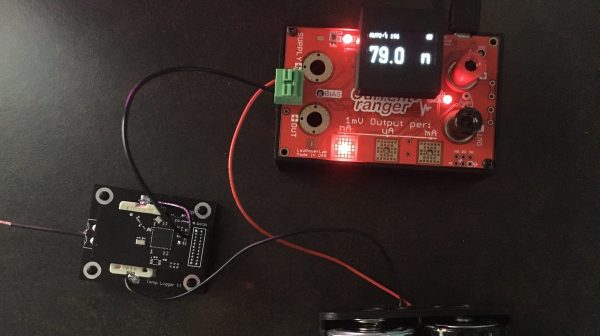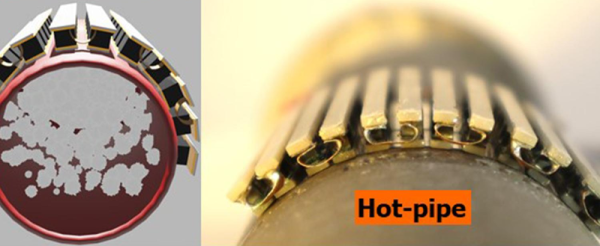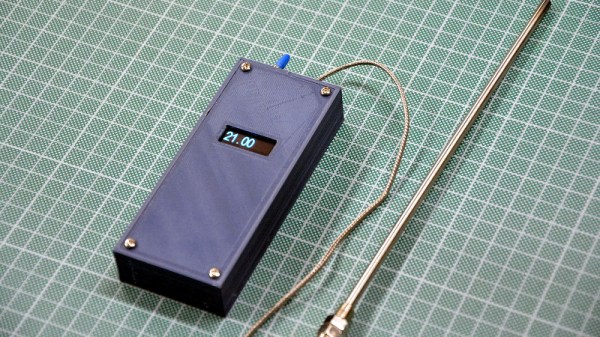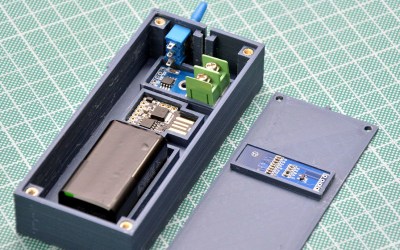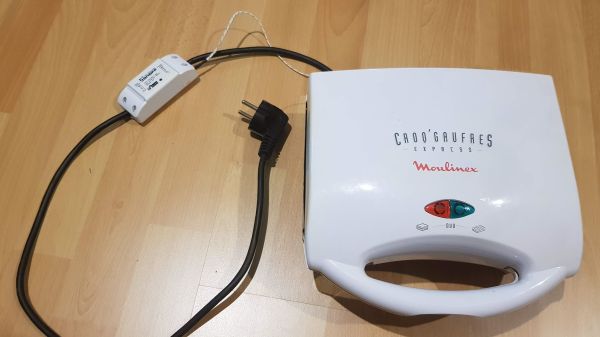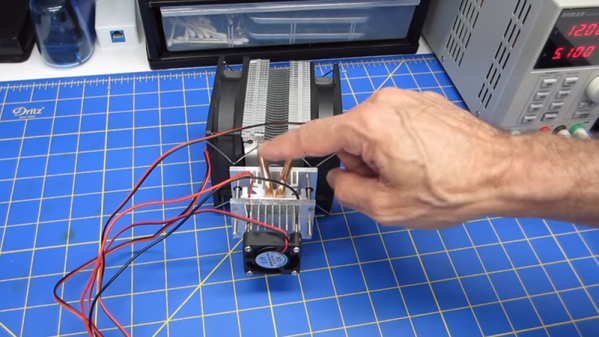You don’t really create energy, you convert it from one form to another. For example, many ways that we generate electricity use heat from burning or nuclear decay to generate steam which turns a generator. Thermocouples generate electricity directly from heat, but generally not very much. Still, some nuclear batteries directly convert heat to electricity, they just aren’t very efficient. Now researchers have developed a way of preparing a material that is better at doing the conversion: tin selenide.
Tin selenide is known to have good performance converting heat into electricity when in its crystal form. However, practical applications are more likely to use polycrystalline forms, which are known to have reduced conversion performance.
The material works well because it is not very thermally conductive and it has a favorable band structure that allows multiple bands to participate in charge transport. However, in polycrystal configurations, the results are not as good due to higher thermal conductivity. Yet crystalline tin selenide is difficult to manufacture and not very robust in real-world use.
The team worked out that the polycrystal material’s thermal properties were due to tin oxide films on the surface. Using a particular method of construction, you can remove the tin oxide and improve performance even better than the crystal version of tin selenide.
Creating this material might be beyond your garage lab, though. You need a fused silica oven that can reach a pretty tight vacuum. Although you might be able to swing it. Otherwise, you might stick with more conventional methods.


